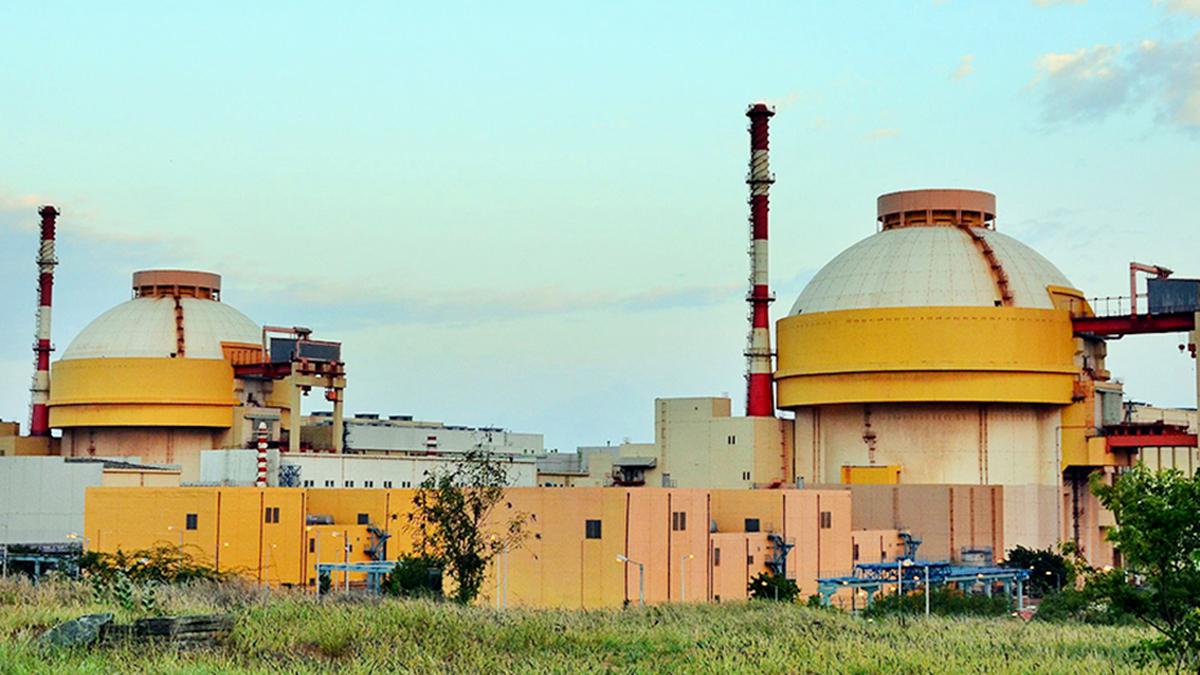
Madras High Court dismisses PIL filed against Kudankulam Nuclear Power Project
The Hindu
Madras HC dismisses PIL against KKNPP, noting SC had found it complied with all safety norms. NPCIL, TN Govt ensuring only natural growth of population in sterilized zone. AERB, MoEFCC to monitor project regularly.
The Madras High Court has dismissed a public interest litigation (PIL) petition filed in 2017 against the first pour of concrete for units 3 and 4 of the Kudankulam Nuclear Power Project (KKNPP) without complying with norms on restricting the population growth in the sterilized zone — the area within a 5-km radius of the plant.
Chief Justice S.V. Gangapurwala and Justice P.D. Audikesavalu rejected the plea filed by environmental activist G. Sundarrajan, who had insisted that norms 5 and 6, found in the annexure to the Siting Consent granted by the Atomic Energy Regulatory Board (AERB) on February 9, 2011, must be followed in letter and in spirit before pouring the first concrete.
However, senior counsel Krishna Srinivasan, representing the Chairman and Managing Director of the Nuclear Power Corporation of India Limited (NPCIL) as well as the Site Director of KKNPP, told the court that his clients had ensured that no public habitation was permitted in the ‘exclusion zone’ located within a 2-km radius of the reactor buildings.
As far as the sterilized zone — which was within a 5-km radius of the exclusion zone — was concerned, he said the NPCIL, along with the Government of Tamil Nadu, had been ensuring that there was only a ‘natural growth’ of population in the sterilized zone around the nuclear power plant, without any incentive for human settlement.
Explaining what he meant by ‘natural growth’, he said the government would not allow any activity such as the setting up of an industry, which could act as an incentive for more people to migrate and settle in the sterilized zone. Only those who had settled in the zone naturally would be allowed to reside there, he added.
Mr. Srinivasan said the desirable population within the sterilized zone was about 20,000, as per the AERB Siting Code. In so far as KKNPP was concerned, there were three villages — Kudankulam, Vijayapathi (Idinthakarai) and Irrukkandurai — within the sterilized zone. The 2001 census showed that their combined population was 23,960.
The census figure was taken into consideration while preparing the Emergency Preparedness Plan (EPP) for KKNPP. The EPP lists the composition of the off-site emergency response coordination committee, comprising 14 district administration officials, including the Collector and the Superintendent of Police, for implementing counter-measures in case of an emergency, he said.













